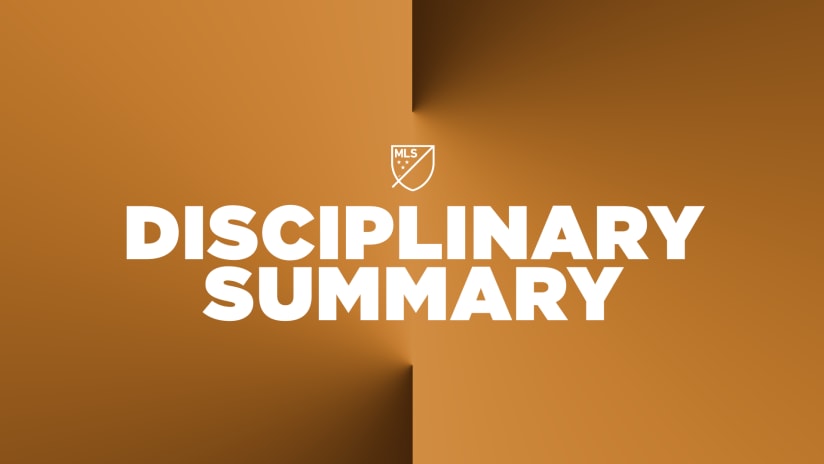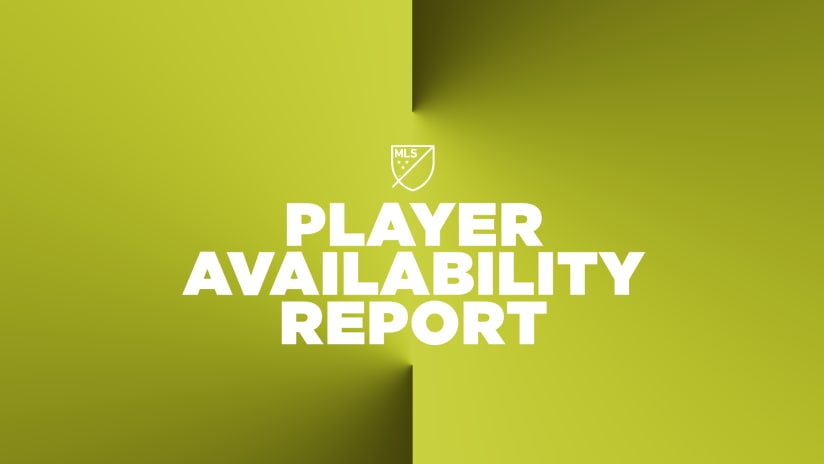You may have missed it because it happened in the dead of night on Saturday/Sunday morning, but the US U-20 national team lost to a bigger, stronger, faster and more tactically adept Venezuela side in the quarterfinals of the U-20 World Cup. Sometimes you just get hit by a bus.
I wrote about it in the immediate aftermath, and I'll add a few brief other thoughts that my brain was too scrambled to piece together in the moment.
1. The scheduling did the US no favors
Ok, I'm man enough to start with some very sour grapes, so here goes: I can simply not wrap my head around the rest discrepancy between these two teams. The Venezuelans had 107 hours between the end of their Round of 16 game and the quarterfinal, while the US had 65 hours.
Did it make the difference? Not really (Venezuela would've been better even if the US had a full week off), but kiiiinda (Erik Palmer-Brown, Tyler Adams and Josh Sargent were the three best US players in this tournament, and all three were dead to the world against la Vinotinto). The US would've stood a much better chance of pulling out the victory and advancing to the semifinals for the first time in 28 years if those guys had a little more life in their legs.
2. Luca de la Torre is going to need to leave Fulham
The kid has a ton of speed, skill and some real 1v1 inventiveness on the wing. His ability to play the final ball is very good, though not quite visionary or elite.
The problem is he is well below "subpar" defensively, and is – in the words of a friend who's worked for some of the more decorated clubs in Europe – "intimidated by a stiff breeze." De la Torre wasn't ready for the physical nature of the game against Venezuela, and if you're looking for a reason why he's stalled out with Fulham, there you go. You have to be ready to both give and draw blood in the Championship.
De la Torre is entering the final year of his contract. I'd hope MLS teams would make overtures for him (D.C. United, for one, could use a winger under 30 years old), but if he doesn't come home, I hope he ends up in the Eredivisie or Belgium or anything that's more technical and less physical than England, or he could very well end up on the Junior Flores career path.
3. Fullback identification still kills the US
Our youth development has improved by leaps and bounds over the past decade, but we're still too slow to understand we're looking at a fullback when we see one. On Saturday the starter at right back was Justen Glad, who put in a dogged and committed shift but looked very much like the miscast central defender he actually is. At left back was Danilo Acosta, who struggled on the day but has only been playing left back for about a year after switching from defensive midfield.
Remember 2015, with Kellyn Acosta at left back? Or the Juan Pablo Ocegueda experience in 2013?
Obviously this could have been mitigated in 2017 had Tab Ramos picked Marco Farfan and Reggie Cannon for this squad. But for some reason it wasn't, and the US paid the price.
4. What makes Adams stand out is how relentlessly he shows for the ball
He makes it easy for teammates – especially center backs – to find him. The rest of the guys in the midfield corps were a couple of levels below him in terms of providing outlets, and this was very apparent against Venezuela (which, to be fair: Holy hell is Yangel Herrera good at closing down passing lanes and making distribution generally miserable).
Derrick Jones has a lot of potential as a hard man in midfield, but I hope he spends a lot of time picking the brains of Alejandro Bedoya and Haris Medunjanin with the Union. Eryk Williamson also has loads of potential, and to be fair he worked very hard on Sunday morning, but he just never quite found the game.
Even if Williamson goes back to Maryland for another year of college, he'll be well placed to become a very good professional. But he's got to do a better job of understanding it's not just what you do with the ball, but how to get in spots without it that make it easy on your teammates and hard on your opponents.
5. We don't trust our own creative types
Not unless they're a Landon Donovan or Christian Pulisic-level talent, anyway. Adams and Williamson are very good at shuttling the ball forward and spraying it to the wings, while Jones is a pure destroyer. Gedion Zelalem, who missed most of the tournament after tearing his ACL in Game 1, is not a playmaker but rather is a deep-lying distributor with one elite skill (tempo setting).
Where was Jackson Yueill, who really is a central playmaker? Or Jonathan Lewis, who's more of a wide playmaker but has the vision to cut defenders out with the final ball? Why did Djordje Mihailovic never get a look with this group?
The lack of players like that meant Venezuela reduced the US to long balls and "run fast, try hard." It didn't have to be that way.
I am very curious to see if this will continue to be the case in the 2019 U-20 World Cup, the core of which should feature some very creative players in central midfield.
6. This is a big summer coming up for Palmer-Brown
He spent last year on loan from Sporting KC with Porto B, and my guess is they'll be one of many teams knocking on the door for the now 20-year-old center back. Whether it's them or someone else, he's got to begin getting starter's minutes somewhere.
I feel like Cameron Carter-Vickers is a year away from having the same sort of career-based pressure. Tottenham seem to love him, and while I still think his reads are too slow, he's just 19 years old and has the confidence of his head coach, Mauricio Pochettino. If he spends another year as the fourth or fifth CB on the depth chart (and proceeds to get roasted the few times he does actually get to play, which is what happened this season), the summer of 2018 will be time for a rethink.
7. This tournament was a success for the US
Obviously I picked some nits above, but despite some issues the US played pretty well and won the games they should've won. We're not at the point where getting outplayed in the quarterfinals is a cause for panic – doubly so since we were without a bunch of our best players.
And before this tournament, we'd never been at the point where we'd made consecutive quarterfinals. You may be inclined to dismiss that, but there's a legitimate correlation between U-20 success and (eventual) national team success. The core of this great golden age of Chilean soccer that's won two straight Copa Americas? We saw them together in the U-20s a decade ago for the first time. The Costa Rican team that shocked everybody by making the quarters of the 2014 World Cup? They made the semis of the 2009 U-20 World Cup, and followed it up with a strong Round of 16 showing in 2011.
Getting this far in back-to-back tournaments means there's talent being produced in volume, which means future national team coaches will have a deeper, better and more competitive pool of players to put around presumptive foundational stars like Pulisic. That's how you produce consistently competitive teams at the highest level.
So if there's one tl;dr takeaway here, it's this: the system keeps getting better, and the players keep getting better, and because of that the future keeps getting brighter.













